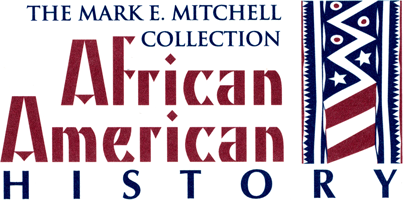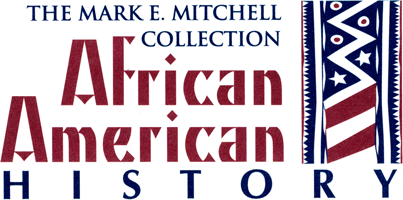A Basic Understanding to the Opening Scenes of America’s Civil War.
At left, Harper’s Weekly of Dec. 22, 1860, profiles South Carolina’s departing U.S. senators and congressmen. At right, Currier & Ives prints: Fort Sumter, Charleston Harbor, S.C.; and Bombardment of Fort Sumter, Charleston Harbor, April 12-14, 1861.
In 1787, to counter the majority of northern voters, Southerners demanded that slaves be counted in the First Census of 1790. The Federal Constitution appeased them by allowing “other persons,” though they couldn’t vote, to be counted as 3/5th of a person. The Three-fifths Clause narrowly favored the South in in the Electoral College and House of Representatives where a “Gag Rule” on petitions against slavery was imposed. The 1850s, however, brought violence as abolitionists began settling the 4 territories of Kansas, Nebraska, New Mexico, and Utah, where citizens could vote on whether to become “free soil states,” thus prohibiting slavery.
Southern efforts to sustain parity went so far as trying to annex Cuba to create two additional slave states. Though the Constitution didn’t specifically permit it, enacting an amendment to forbid slavery would have required two-thirds majorities in both the House and Senate plus ratification by three-fourths of the states. With 15 slave states in 1860, ratification may have required 60 states, and yet there were only 33.
Other factors were economic inequality. Tariffs brought in up to 95% of federal tax receipts, 87% of which came from the South. Starting in 1816, protective tariffs impacted the agrarian South and its British trading partners while favoring northern industry. Between 1828 and 1833, a 38% duty on 92% of imported goods during an economic downturn forced a constitutional crisis in South Carolina. Although federal enforcement, nullification, and secession were narrowly averted, a “heinous manifestation of nationalist policy” was countered by arguments for “states’ rights” and freedom – dangerous harbingers for the Palmetto State’s maturing ideologues wary of federalism’s burgeoning power and cronyism.
When Abraham Lincoln was elected president in 1860 with 68% of the electoral vote, South Carolinians saw their planter class at the tipping point with a president pledging to “collect the duties and imposts,” while opposing slavery’s westward expansion where there were now 7 territories open to slavery. Outgoing President James Buchanan left the looming crisis to Lincoln. On December 20, before the President-elect could even assume office, the state legislature in Charleston voted 169-0 to secede from the U.S. and convinced six other slave states to secede as well.
Citizens across the land spoke of little else in weighing allegiance to either national unity or states’ rights, often dividing family and friends forever. Any moral implications over slavery were moot. Even so, Slavery, “the peculiar institution,” so inherent to the national psyche that few understood its pertinence was central to the conflict everyone saw coming. SC’s official Declaration of Secession of Dec. 24, 1860, explicitly defends the practice of slavery eighteen times as its rationale for disunion, as likewise pronounced by nine of the ten other seceding states.
Quietly escaping a plot to assassinate him aboard his train to Washington, DC, Lincoln stated in his inaugural address on March 4, 1861, that “No State, upon its own mere motion, can lawfully get out of the Union, that resolves and ordinances to that effect are legally void, and that acts of violence, within any State or States, against the authority of the United States, are insurrectionary or revolutionary, according to circumstances.” While the president called for peaceful resolution, many Southerners viewed the speech as a veiled threat. With slavery so firmly ensconced by the Constitution, the South either overreacted or feared a federal overlord.
Enlistments soared. In Charleston, tension and intrigue ran high for another five weeks before artillery fire was unleashed on Fort Sumter, the Union’s last important southern garrison, surrounded by water at the entrance of Charleston Harbor. As Southerners soon termed it, “The War of Northern Aggression” had begun.


